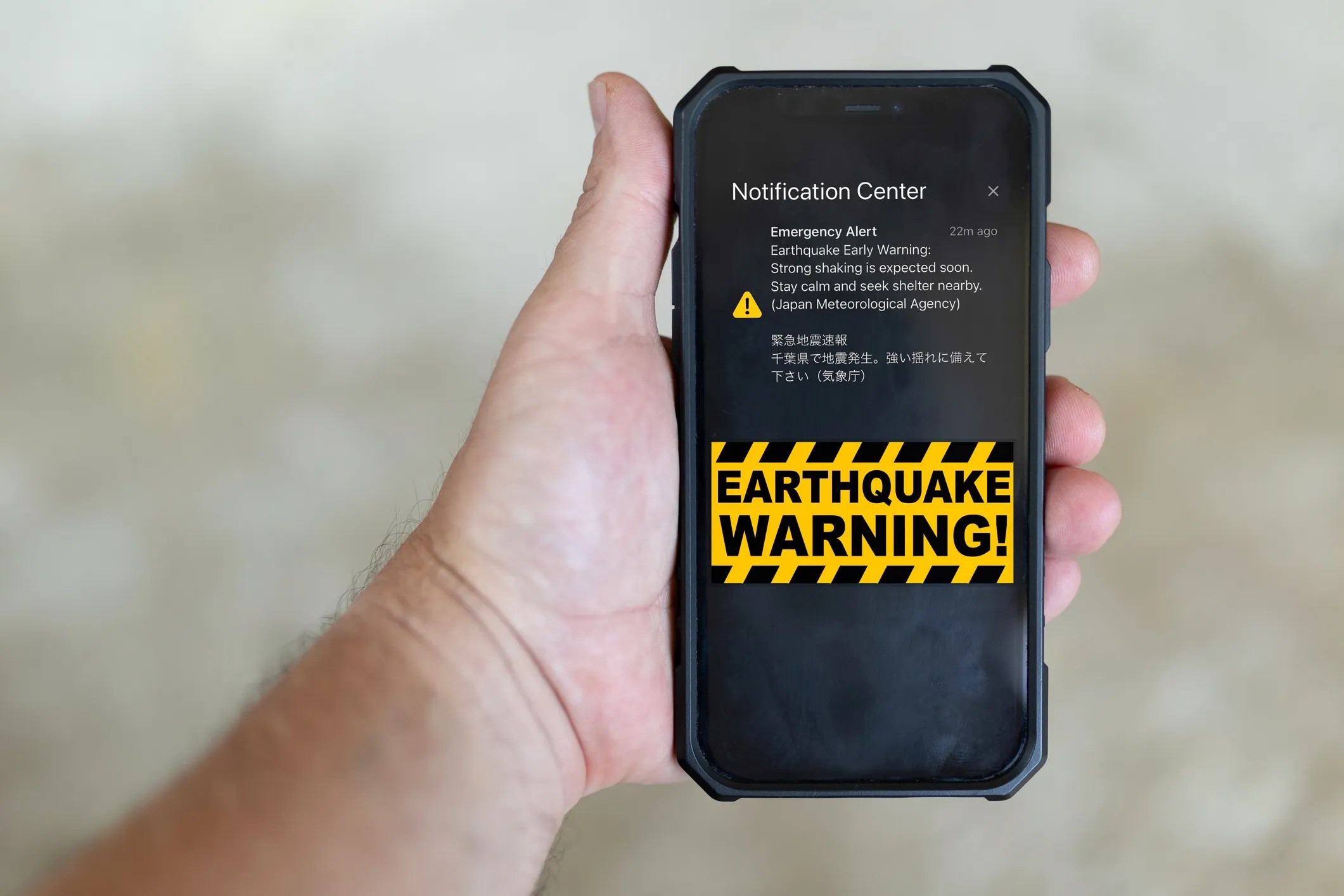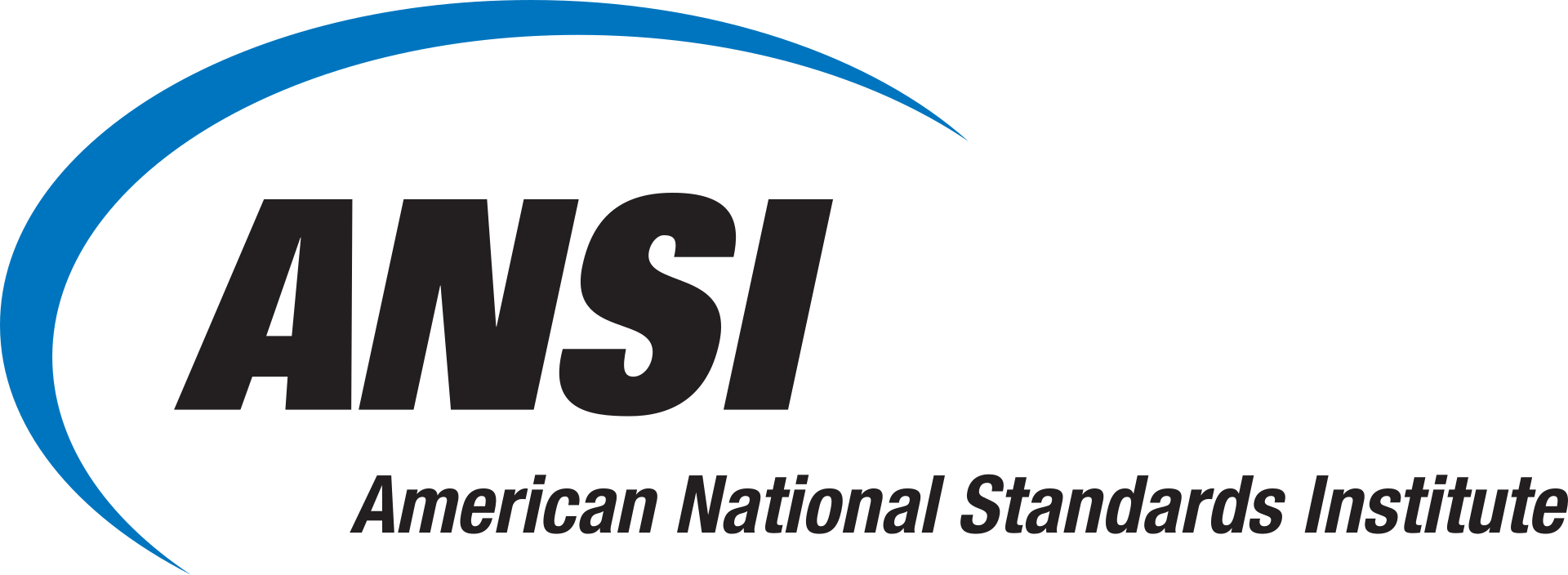ANSI Z535.7-2024: Product Safety Info in Electronic Media

In today’s increasingly digital world, the way we communicate critical safety and product information is undergoing a significant transformation. What was once delivered primarily through printed manuals, product labels, and paper inserts is now rapidly shifting to dynamic, interactive formats. From QR codes and mobile apps to web-based manuals and in-app alerts, electronic media is enabling manufacturers and organizations to share safety information in ways that are more accessible, flexible, and responsive than ever before. This evolution has prompted the creation of ANSI Z535.7-2024: Product Safety Information in Electronic Media, a groundbreaking new American National Standard designed to guide the effective presentation of product safety information in digital formats.
The Rise of Digital Communication for Safety and Product Information
This shift from printed information to digital media for communicating safety information was particularly accelerated during the COVID-19 pandemic, when many businesses began digitizing their internal operations as well as their customer and supply-chain interactions. For example, QR codes, webpage links, online videos, and smartphone apps have become increasingly popular avenues to deliver product information, including safety information and warnings. Such digital media provides opportunities for manufacturers and other businesses to deliver information in ways traditional printed material and direct product labeling simply cannot.
Examples of Electronic Media Conveying Safety Information
Here are some examples of how electronic media is increasingly used to deliver safety messages, enhancing user safety across a vast array of platforms and products:
- Warning messages on websites and software: These are often presented as banners, pop-ups, or alerts that warn users about potential risks like unsafe downloads, phishing attempts, or data breaches.
- Safety instructions in digital manuals: Instead of physical manuals, many products now offer online guides that contain critical safety information and operational instructions. These can use clear language, visuals, and sometimes even video demonstrations to convey safe usage practices.
- In-app safety warnings: Apps that involve potentially risky activities might include warnings within the application itself. For example, a gaming app might remind users to take breaks to avoid eye strain or repetitive stress injuries.
- Safety information on social media: Companies and organizations use social media platforms to disseminate safety alerts, product recall information, and educational content related to product safety. For example, government agencies may post updates during natural disasters or health crises.
- GHS pictograms: These pictograms, which are standardized symbols used to convey health, physical, and environmental hazards.
- IoT device safety notifications: Smart devices that pose potential hazards like overheating or electrical risks can use digital displays or companion apps to issue warnings or alerts to users.
- Virtual Reality (VR) safety prompts: VR experiences often include warnings about potential disorientation, motion sickness, or the importance of a clear physical space to avoid falls or collisions.

What Is ANSI Z535.7-2024?
Recently published in 2024, ANSI Z535.7-2024 is a brand-new standard in the Z535 family of standards. The American National Standard sets forth requirements for the use of ANSI Z535 elements in the design of visual product safety messages presented in electronic media.
Why Was ANSI Z535.7 Created?
Historically, product safety information has been provided to consumers in written form. For example, manufacturer warning labels and other safety information have traditionally been provided in writing on the product itself or with its packaging. More and more, this is beginning to change.
ANSI Z535.7-2024 provides guidelines for the design of product safety information in electronic media, offering a comprehensive system for presenting safety information in a variety of digital formats. It recognizes the limitations of the existing Z535 standards, which were primarily designed for static, printed materials, and ANSI Z535.7-2024 adapts to the dynamic, interactive nature of electronic media.
This standard helps establish a national uniform system for the display of safety information in electronic media, assist manufacturers in formatting and maintaining safety information in electronic media, and promote the efficient development of safety information in electronic media.
What Does Electronic Media Entail in ANSI Z535.7-2024?
ANSI Z535.7-2024 details that electronic media can take a vast array of forms, such as:
- Video
- On-product electronic displays
- Websites
- Apps
- Augmented reality
Key Elements Covered by ANSI Z535.7-2024
Dynamic Media
Guidelines for safety information in video, animations, and other forms of moving media.
Interactive Media
Principles for creating safety messages in apps, websites, and other platforms where users interact with content non-linearly.
Multi-Modal Information
How to incorporate visual, auditory, and interactive components for an effective, clear presentation of safety messages.
Device Variability
Considerations for how safety messages appear differently across devices, such as smartphones, tablets, and computers, and how to ensure consistency and clarity across platforms.
What Are the Differences Between Safety Information in Electronic Media and Printed Materials?
ANSI Z535.7-2024 mentions in its Introduction that there are differences that may exist between safety information in electronic media and safety messages for printed materials, including product safety signs and labels, product manuals, instructions, and other collateral materials. For example, electronic media can:
- Be dynamic, using video or animations
- Include both visual and auditory components
- Be interactive
- Contain information not accessed in a linear fashion (i.e., not page by page) and/or that can be reached from multiple access points (e.g., links from different locations leading to the same destination)
- Contain information in multiple locations (either temporally or within a system) that cannot be viewed simultaneously
- Provide information that would be impractical or impossible to provide on product safety signs or in printed product manuals (e.g., rapidly or automatically updating information; situationally based information, etc.)
The standard also notes that the presentation may also vary by device, operating system, etc., outside of the control of the manufacturer. For example, ANSI Z535.7-2024 states that if the same content is accessed via a smartphone or a computer, the appearance to the user may vary depending on the device type and size, resolution, color rendering, display settings, etc.
To respond to these differences, ANSI Z535.7-2024 sets forth a communication system developed specifically for product safety information in electronic media.
What Are the Seven Standards in the ANSI Z535 Series?
ANSI Z535.7 complements existing ANSI Z535 standards that focus on safety information in print and other static media. It incorporates elements of the graphical approaches used by other ANSI Z535-series standards into a common design direction selected to provide product safety information in an orderly and visually consistent manner.
Together, these seven standards contain the information needed to specify formats, colors, and symbols for safety signs used in environmental and facility applications; in product and product literature applications; in electronic media; and in temporary safety tag and barricade tape applications. Here are the seven standards that make up the ANSI Z535 series:
- ANSI Z535.1: Safety Color Code
- Learn more about ANSI Z535.1 in our blog post: ANSI Z535.1-2022: Standard for Safety Colors
- ANSI Z535.2: Environmental and Facility Safety Signs
- Learn more about ANSI Z535.2 in our blog post: ANSI Z535.2-2023: Facility/Environment Safety Signs
- ANSI Z535.3: Criteria for Safety Symbol
- Learn more about ANSI Z535.3 in our blog post: ANSI Z535.3-2022: Criteria for Safety Symbols
- ANSI Z535.4: Product Safety Signs and Labels
- Learn more about ANSI Z535.4 in or blog post: ANSI Z535.4‑2023 Guide to Product Safety Signs & Labeling
- ANSI Z535.5: Safety Tags and Barricade Tapes (for Temporary Hazards)
- Learn more about ANSI Z535.5 in our blog post: ANSI Z535.5-2022: Safety Tags and Barricade Tapes
- ANSI Z535.6: Product Safety Information in Product Manuals, Instructions, and Other Collateral Materials
- Learn more about ANSI Z535.6 in our blog post: ANSI Z535.6-2023: Product Safety Information
- ANSI Z535.7: Product Safety Information in Electronic Media (new in 2024)
Where to Get ANSI Z535.7-2024
Complying to ANSI Z535.7 is particularly useful for professionals and organizations involved in creating, displaying, or managing safety information in electronic media.
ANSI Z535.7 2024: Product Safety Information in Electronic Media is available on the ANSI Webstore and in the following Standards Packages: ANSI Z535.3 / ANSI Z535.4 / ANSI Z535.6 – Product Safety Package and ANSI/NEMA Z535 SET.
ANSI Z535.7 is developed the National Electrical Manufacturers Association (NEMA).
Please direct any technical questions relating to this American National Standard to the developer. You can find the contact information for all standard developing organizations (SDOs) here: Who to Contact for Standards Related Questions.






